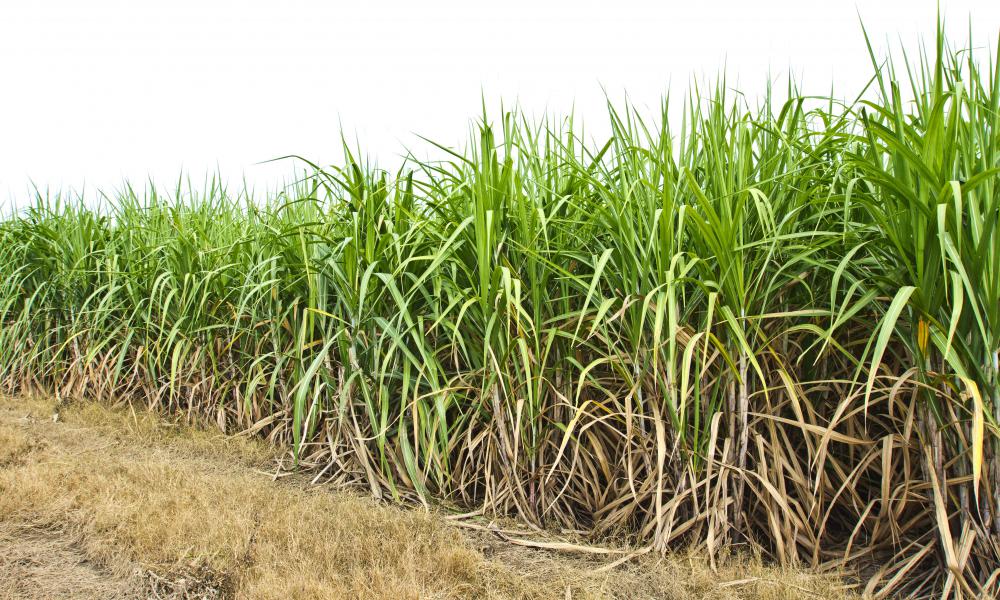At DelightedCooking, we're committed to delivering accurate, trustworthy information. Our expert-authored content is rigorously fact-checked and sourced from credible authorities. Discover how we uphold the highest standards in providing you with reliable knowledge.
What Is Caipiroska?
Caipiroska is the name of a Brazilian cocktail made with little more than lime juice, sugar, and vodka. It is a variation on the more popular caipirinha, a similar mixed drink that centers on a more rustic, often homemade, sugar cane liquor. Caipiroska ingredients are identical to caipirinha ingredients, with the exception of the alcohol at the center.
The vodka variety, like the original, is very simple to prepare. All that is needed is raw sugar, vodka of any variety, and the juice of fresh limes. These ingredients are mixed together, then served over ice, usually in a regular tumbler. Lime wedges and sugar cane stalks are popular garnishes.

Sugar cane grows wild and well in most parts of Brazil. Residents have been using cane juices as sweeteners and, when fermented, as alcohols for centuries. One of the most traditional cane-derived liquors is cachaça, which forms the basis of the caipirinha drink. This lime-flavored beverage is hailed by many as the “national cocktail of Brazil,” in large part because of its popularity. It is served in homes and restaurants throughout Brazil and, where the cane liquor is available, throughout the world.

The taste of cachaça is often described as similar to light rum, but one of the most widely-known variations on the drink uses vodka. A vodka substitution leads the drink to be called caipiroska, or sometimes simply “caipivodka.” There are several theories that describe the circumstances of the drink's evolution.
One of the simplest conjectures relies on the relative scarcity of cachaça outside of Brazil. Brazilian expatriates or travelers abroad might not have been able to satisfactorily recreate the taste of the drink with rum, but succeeded in creating something new and pleasing by using vodka. Vodka is widely available around the world.

Another possibility is that the drink was pioneered by the Brazilian elite who, with access to finer and often imported liquors, may have wanted a new twist on what may have been regarded as a “low-class” drink. In Brazilian Portuguese, the word caipirinha is essentially a diminutive of the word “hillbilly.” Whether these mixed drinks were ever exclusively associated with lower rungs of society is unknown. Modern times have seen widespread acceptance of both the original drink and its vodka equivalent.

The vodka variation is so popular throughout South America that several vodka manufacturers in that region distribute pre-mixed caipiroska beverages. Lime is, of course, the most traditional flavor, but commercial varieties often extend to other fruits as well. Strawberry, passion fruit, and mango are among the most common. Technically speaking, a caipiroska made with anything other than lime is more properly called a caipifrutta, though flavored caipiroska and caipirinha drinks are often simply identified by their dominant fruit.
AS FEATURED ON:
AS FEATURED ON:














Discuss this Article
Post your comments